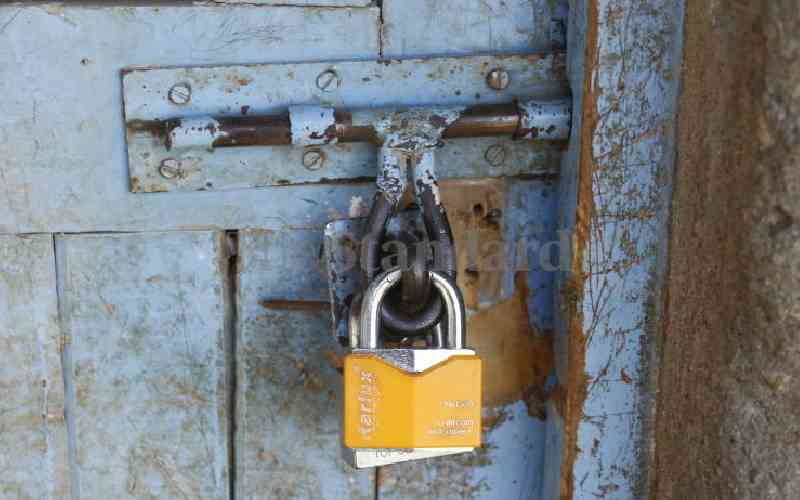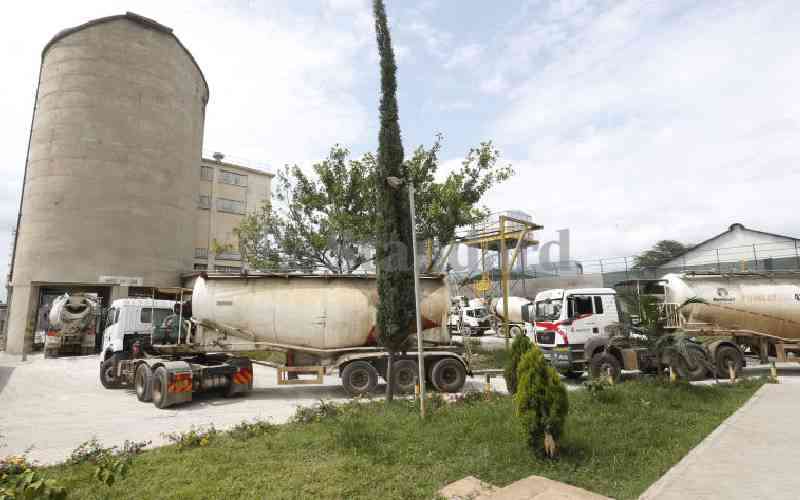Llanfairpwll is a town in Wales or rather the shorter version of the name.
The town’s actual name is a 58-character word that roughly translates to “St Mary’s Church in the Hollow of the White Hazel near a Rapid Whirlpool and the Church of St Tysilio near the Red Cave”.
Good luck pronouncing the Welsh name, and wrapping your head around why they had to select such a long name for a place.
It sounds alright once you hear some other places’ names.
In Lancaster County, Pennsylvania, there’s a place called Intercourse. Hell, in Norway, and Pee Pee Township in Ohio are just other examples of nightmarish names out there.
These odd names are everywhere. Even here in Kenya, we have them.
In Nyeri, a school called Kiangoma High School did not always present itself as a model learning institution due to the students’ general recklessness over a prolonged period of time.
Kiangoma, in the local dialect, means “the devil’s”, or “of the devil”. An alternative description could be “belonging to madness”, but this is not the first interpretation that will come into the mind of a local. Or anyone who knows the dialect, as well.
An increasingly rowdy crop of students convinced the school administration, and other interested stakeholders, that the name might be, after all, haunting the school.
A series of strikes and other disciplinary concerns stirred further the already troubled waters and the school’s name changed to Mukurweini Boys in 2007, after 43 years.
The sprightly Juliet, in William Shakespeare’s famous play Romeo and Juliet, posits that her beloved Romeo, of the Montague family, still remains her chosen one in spite of his family name, Montague.
The Montagues are rivals to Juliet’s Capulets.
“What’s in a name? That which we call a rose by any other name would smell as sweet?” she asks.
Connection
Which has birthed debate on whether names influence behaviour or looks.
Stay informed. Subscribe to our newsletter
Is there a connection between the names of places and what sprouts out of there? Are people influenced to behave in a certain way because their place bears a certain name?
In the West, a small Canadian town called Asbestos is giving the dwellers a Christmas gift in the form of a name change.
The town acquired its name in the 20th Century as it was once the location of the world’s largest asbestos mine, according to BBC.
The town’s council announced that it had come to a point where the name hindered Asbestos’ ability to attract foreign investment, and thus announced last November that the hunt was on for a new name.
The new name is Val-des-Sources, in English “Valley of the Sources”, voted as the preferred option by over 51 per cent of the town’s population. Everyone aged 14 and above took part in the vote.
The town, built in the late 1870s after the discovery of a deposit of asbestos nearby, blossomed as the mine flourished over the years.
In the 1970s, asbestos was widely recognised as the primary cause of mesothelioma among mine workers. Mesothelioma is a malignant tumor that forms in the lining of the lungs, abdomen or heart.
The mine closed in 2011.
Some names, innocently coined in the past by well-meaning ancestors, have come to haunt places for years.
In Nandi County, a village was named Kamakas, to mean “stubborn”. This was because the area was home to Makasta, the local name for the hippopotamus.
The arrogance of the enormous water mammal motivated the name, but the name Kamakas could be construed to mean “does not hear”, or, simply, “deaf”, because the hippopotamus did not ‘listen’ as people tried to shoo it away.
As such, now the village’s name, to someone unfamiliar with the area, means “the deaf village”.
Nibbling
In the same county, there is a place called Kaptildil. Kaptildil is a black ant species, and the name was motivated by the insect’s obsession with nibbling.
But now Kaptildil is taken to mean “backbiting”, which could mean to anyone that the village is packed with people who do nothing but badmouth others.
“That name makes people think that this village is made up of people that talk ill of visitors. It paints us in a very bad light, quite unfairly,” says area resident Jeptoo, who gave only one name.
In Laikipia, there is a series of names that create suspicion. These places are located within short distances of one another.
First is, Kona Mbaya, where a local says that being outside in the night could be dangerous; you could get mugged by ghostly apparitions that hover in the dark.
 The Standard Group Plc is a
multi-media organization with investments in media platforms spanning newspaper
print operations, television, radio broadcasting, digital and online services. The
Standard Group is recognized as a leading multi-media house in Kenya with a key
influence in matters of national and international interest.
The Standard Group Plc is a
multi-media organization with investments in media platforms spanning newspaper
print operations, television, radio broadcasting, digital and online services. The
Standard Group is recognized as a leading multi-media house in Kenya with a key
influence in matters of national and international interest.
 The Standard Group Plc is a
multi-media organization with investments in media platforms spanning newspaper
print operations, television, radio broadcasting, digital and online services. The
Standard Group is recognized as a leading multi-media house in Kenya with a key
influence in matters of national and international interest.
The Standard Group Plc is a
multi-media organization with investments in media platforms spanning newspaper
print operations, television, radio broadcasting, digital and online services. The
Standard Group is recognized as a leading multi-media house in Kenya with a key
influence in matters of national and international interest.









